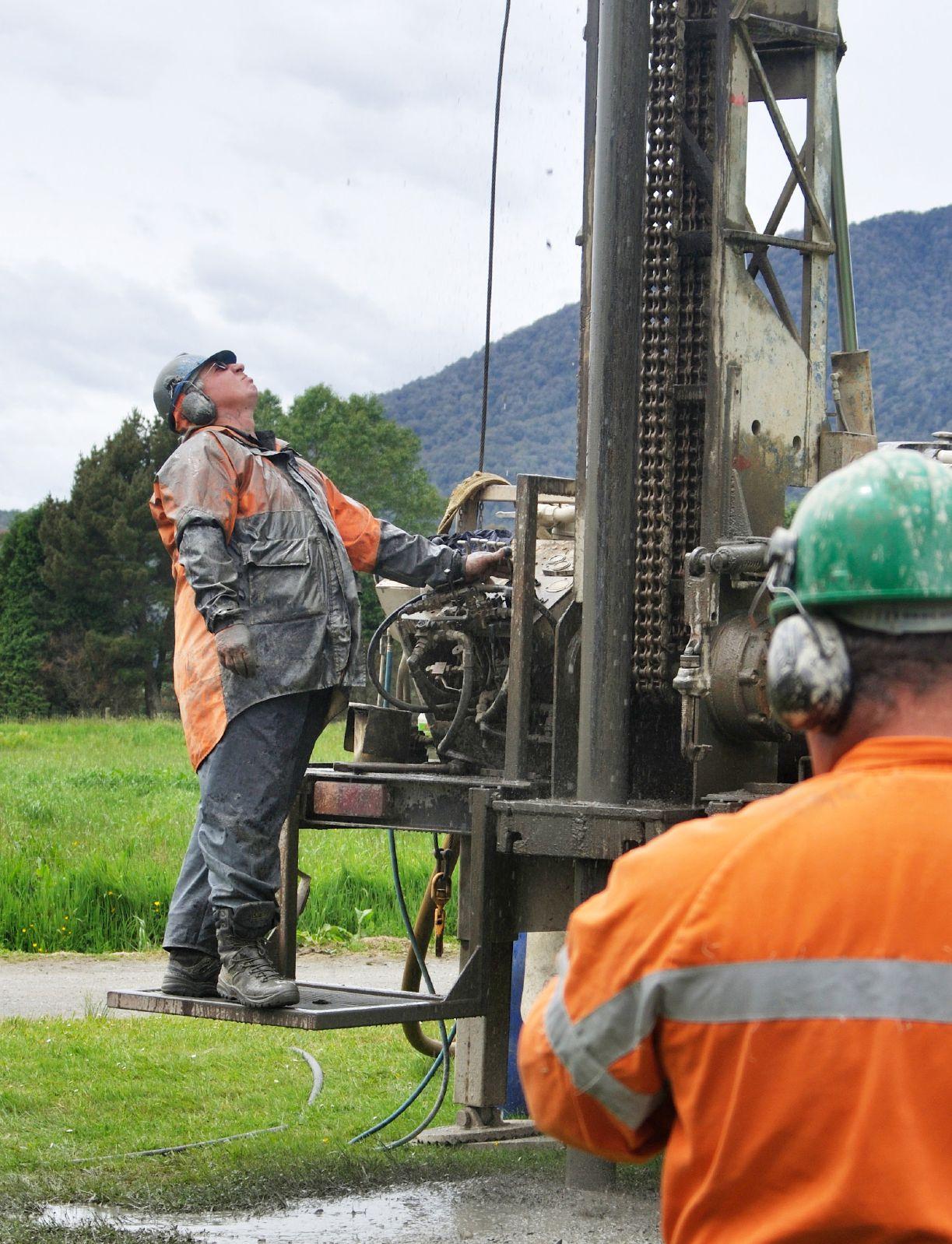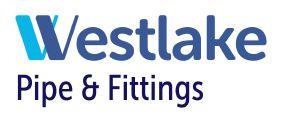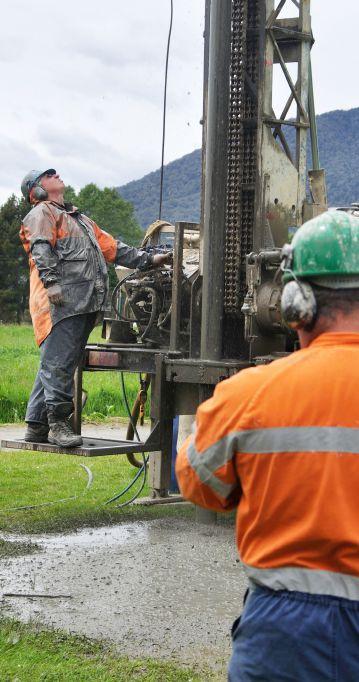What our survey said about training, talent and operations
By Mike Jiggens
Hiring and retention of key employees is just as relevant in the groundwater drilling industry as it is with any other skilled trade.
A drilling business will only be as successful as those tasked with its day-to-day operations. Hiring the best possible talent and then retaining them is essential toward that goal of year-after-year success.
Ground Water Canada’s recent Training, Talent and Operations survey looked at responding companies’ success with hiring and retention and presented effective strategies for keeping key talent. The survey also took a good look at training and education practices and succession planning.
What the survey said
Most drilling companies (29.41 per cent) have an employee complement of between four and six individuals. Those with one to three employees, seven to nine employees and 10 or more employees each represented 23 per cent. Most companies – almost 60 per cent – have been in business for 25 or more years. Almost half of responding businesses – 47.06 per cent – noted their entire workforce remain on the job year-round. Companies that adjust staffing based on seasonal requirements, with some operators working throughout the entire year, accounted for 29.41 per cent of respondents. Slightly more than 23 per cent of respondents said their operating staff fluctuates seasonally which dictates staffing decisions. Those respondents said zero staff are employed year-round.
Almost 70 per cent of businesses whose operating staff fluctuates seasonally hires back the same personnel every year. One-third of the companies surveyed said about half of the previous year’s employees return for another season.
The largest incentive for achieving staff retention was the offer of competitive pay and benefits (66.67 per cent). Continuing education and training; ownership
opportunities and business mentoring; and the lack of relevant job opportunities in that business’ location were equal as contributing factors in staff retention (11.11 per cent).
Most companies – 41.18 per cent –compensate their employees via an hourly rate. A fixed-term salary accounted for 35.29 of responding businesses while a per-job rate is utilized by only 11.76 per cent of drilling companies.
More than half of the responding companies – 52.94 per cent – said they sometimes feel they are adequately staffed for their operations, suggesting it can be a struggle, but it can be made to work. Businesses claiming they have the right number of people to get the job done represented 41.18 per cent of respondents. Less than six per cent admitted to being understaffed.
Knowledge and experience in the industry
An equal number of respondents – 41.18 per cent – said their employees are either well trained, up to date and confident or some staff lack the necessary knowledge but have others available to help them. A smaller percentage of respondents – 17.65 per cent – have operators in need of additional training and guidance.
The effects of understaffing or employees’ lack of knowledge and experience has mainly contributed to jobs that aren’t being completed in a timely manner (47.06 per cent).
Other significant impacts include:
• Jobs being turned down (29.41 per cent)
• Tired, stressed or overworked employees (29.41 per cent)
• Quality is sacrificed (17.65 per cent)
• Operators are unsure how to use equipment to its full potential (17.65 per cent)
• Safety is a concern (17.65 per cent) Some companies (23.53 per cent), however, reported they are well staffed, and their employees are knowledgeable.
Recruitment
The leading means of staff recruitment was through a pre-existing relationship with family and friends (64.71 per cent). The next most effective method (52.94 per cent) was a job advertisement in a newspaper, online or through social media. Referrals (17.65 per cent) and job fairs (11.76 per cent) were the next most effective means of recruitment.
Like staff retention, the offer of competitive pay and benefits is the incentive that works best for companies to recruit staff. More than three-quarters of respondents (76.47) said it was the most effective incentive. Equally important (64.71 per cent of respondents) were continuing education opportunities and offering a work-life balance.
Staff who joined a company with no prior drilling experience accounted for the highest response (47.06 per cent) when asked: Did most of your current operating staff come to you with prior relevant experience? Almost one-quarter of the responses (23.53 per cent) answered yes, their employees came highly experienced in drilling operations. Some had some relevant experience in drilling (17.65 per cent) while there was some general, albeit limited, drilling experience (11.76 per cent).
Equipment knowledge and training
More than half (56.25 per cent) of the responses indicated most operating staff joined a company having no drilling equipment experience. One-quarter of the responses noted their operators came highly experienced in operating drilling equipment while 18.75 per cent of the responses said operators had some drilling equipment experience.
Shadowing with senior operators was the highest listed training process for
new operators at 76.47 per cent. Ranking second at 52.94 per cent was third-party training and courses though extensions and institutions. Also of significance were videos and third-party training and courses through equipment manufacturers (35.29 per cent apiece).
More than 80 per cent (82.35 per cent) of trained and senior operators said they require regular re-training or continuing education. The remaining 17.65 per cent said it’s not required yet is encouraged. Required re-training is done on company time and at the business’ expense (52.94 per cent) while 41.1 per cent of the responses said re-training, if required, is paid for by the company yet it must be done during the employees’ own time. Only 5.88 per cent of the responses suggested both the cost of re-training and the time needed is the employee’s responsibility.
Once their initial training is complete, operators engage in re-training or continuing education through field days, workshops or courses through recognized institutions or extensions (70.59 per cent), field days, workshops or courses through equipment manufacturers or dealers (41.18 per cent), or webinars and virtual training (35.29 per cent).
Ranked as the top priorities for re-training were increased drilling knowledge (88.24 per cent), technical equipment operation and safety (58.82 per cent apiece), and soil, water and conservation (29.41 per cent). Mental health (5.88 per cent) ranked last among the top priorities.
The largest obstacle in the way of offering more training and re-education opportunities for operators was a lack of time (50 per cent). Other notable obstacles were financial constraints (43.75 per cent) and inaccessible resources or those which aren’t offered in a company’s region (31.25 per cent).
The means in which courses, workshops and programs for operators are promoted are through traditional media, such as magazines, newspapers and radio (64.71 per cent), through word of mouth and friends and family (52.94 per cent), through social media (41.18 per cent), and through extension and outreach (35.29 per cent).
Succession planning
Asked about succession planning and what the next three to five years might look like, 41.18 per cent of the responses said a formal plan isn’t in place, but some ideas are in mind. Another 35.29 per cent of the responses said a plan is in place, but things are diverging somewhat from that plan and expectations needed readjustment. Only 17.65 per cent of respondents said a plan is in place and things are going well so far. Less than six per cent said no plan is in place.
Among those with a plan, 43.75 per cent said one of their offspring or a younger relative is poised to take over the business. Less than a third (31.25 per cent) said they preferred someone takes over the business even though a solid plan isn’t in place. Another 12.5 per cent said a current operator or non-related employee will likely take over. A smaller percentage (6.25 per cent) said the plan is to sell the business to another owner.
Respondents were equal in their assessment of the industry’s current state and if that will have an impact on their preferred retirement date. Forty-one per cent said everything is going according to plan while the same percentage said they might have to retire later than planned. Another 11.76 per cent said they may have to retire earlier than planned because they’re no longer able to do the job.
Other survey data
Among those responding to the survey, 58.82 per cent said they’ve been in business for 25 or more years. Those in business 16 to 24 years as well as those in business six to 10 years accounted for 17.65 per cent apiece. The remaining 5.88 per cent of respondents said they have been in business 11 to 15 years.
The greatest percentage of those taking the survey were business owners (64.71 per cent). The others included administrators (29.41 per cent), drillers (23.53 per cent) and pump installers (11.76 per cent).
Executive summary of survey
By Mike Jiggens
Surveys may not be the be-all and end-all, but they do tell us a lot about things.
Ground Water Canada ’s recent Training, Talent and Operations survey has given us a pretty good look at the current state of the industry.
So, what are we able to say about the industry as it stands today? First, most drilling companies are moderately sized, with five or six employees. Most have been in business for 25 or more years and about half have workforces that remain constant year after year.
Among those companies with a seasonally fluctuating workforce, more than two-thirds of them bring back the same personnel year after year, offering competitive wages and benefits as an incentive for retention, and they pay their employees on an hourly basis.
Most companies believe they are adequately staffed even though operations can be a struggle sometimes.
Most companies also have well-trained employees or, at the very least, have experienced workers who can share their
knowledge with those who lack some training.
Companies that are understaffed or have inexperienced employees may be forced to turn down jobs or are saddled with tired, stressed or overworked personnel.
The same incentives used for retaining staff are utilized in the hiring process. This includes competitive pay and benefits and the promise of a manageable work-life balance. Most employees join a business with drilling experience but may be lacking in drilling equipment experience. On-the-job experience is gained through the shadowing of senior operators as well as through third-party training courses.
As well trained as they might be, employees cannot rest on their laurels. Re-training and continuing education are required to keep operations current and productive, and most companies will ensure their employees undergo the necessary upgrades at the business’ expense and on company time. Such efforts can be occasionally hampered due to a lack of time and because of financial constraints.
The drilling industry has been recognized for some time as an aging profession, and succession planning may not be a certainty. Most Canadian company owners contemplating retirement may not have a formal plan established but have some ideas in mind. Several others have their futures planned and are ready to hand over the business to one of their offspring or a younger relative. Those without a firm succession plan have elected to delay their retirement.
So, what does this information tell us about the drilling industry?
• Drilling companies are largely well established with experienced employees who are retained year after year
• They offer their employees competitive wages and benefits
• They keep their employees well trained and educated
• Succession planning needs work
So, there we have an insight into the current state of the water well drilling industry.
Does your operating staff fluctuate seasonally?
No, my entire workforce
I adjust staffing based on the seasonal requirements with some operators working throughout the entire year.
Yes, I make staffing decisions for my operational team based on seasonal fluctuations, with zero staff employed year-round.
Do you tend to hire back the same staff every year?
Do you feel you are adequately staffed for your operations?
What do you feel keeps your staff returning?
Competitive pay/ benefits
Continuing education/ training Ownership opportunities/business mentoring
Work/life balance
There are not many other relevant job opportunities where I’m located
Rehiring seasonally is hard, and I’m looking for new ideas for retaining seasonal staff
Other (please specify)
What has been impacted by the effects of understaffing or lack ofknowledge and experience?
Jobs are not being completed in a timely manner
We have to turn down jobs
Staff are tired, stress or overworked
Quality is being sacrificed
Operators are unsure how to use equipment to its full potential
Safety is a concern
None, we have always been well
and knowledgeable Other
Do you feel your staff is knowledgeable
Some
How was your current operating staff recruited?
Yes,
are you offering that incentivizes operators to work for you?
Competitive pay and/ or benefits
Continuing education opportunities Ownership opportunities or business mentoring
Work-life balance
I don’t know what to offer, and I’m having a hard time finding/ keeping staff as a result
Other
Did most of your current operating staff come to you with priorequipment operation experience? What resources are part of your training process for new operators?
If
What, if anything, do you feel stops you from offering more trainingand re-education opportunities to your operators?
resources are not offered/accessible in my
I believe the operator should be responsible for their own education/reeducation
I do offer training and re-education
How do you hear about courses, workshops and programs foroperators?
Through traditional media (magazines, newspapers, radio
Through social media
Through word-of-mouth/ friends and family Through extension/ outreach
How do your operators engage in re-training/ continuing education,once their initial training is complete?
Field days, workshops and/or courses through recognized institutions/ extension
Field days, workshops and/or courses through equipment manufacturers/dealers
Do you have a succession plan in place? Do you know what the nextthree to five years look like?
Yes, and things appear to be going to plan so far 15%
Yes, but things are diverging from the plan somewhat, and I have to readjust my expectations. 46%
I don’t have a formal plan in place, but I have some ideas. 31%
Do you plan for someone to take over your business when it’s time to retire?
Webinars and virtual training
Yes, one of my children/ younger relatives will likely do so Yes, one of my operators/staff (non-relatives) will likely do so I would like someone to take over the business, but we don’t have a solid plan in place I plan on selling the business to another owner I know
Do you feel like with the current state of your business/the industry,that you will be able to retire when you want to?
Yes, it’s all going to plan 46%
No, I might have to retire early because I am not able to do the job anymore 15%
No, I might have to retire later than planned 31% I do not have a plan. 8% I’m not sure 8%






